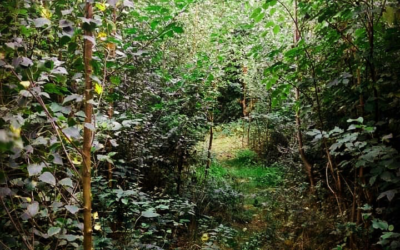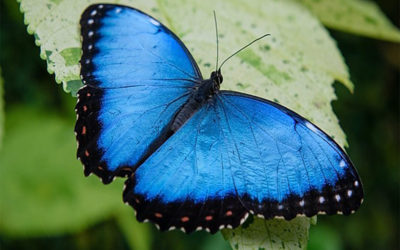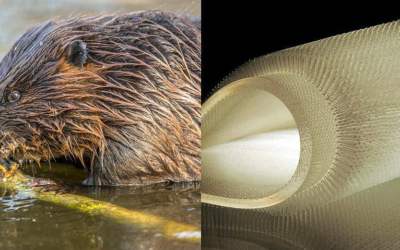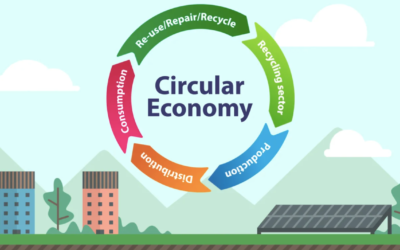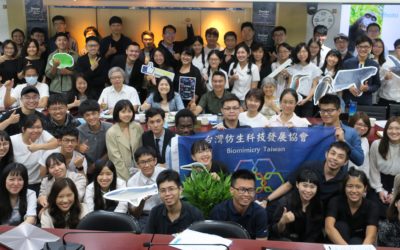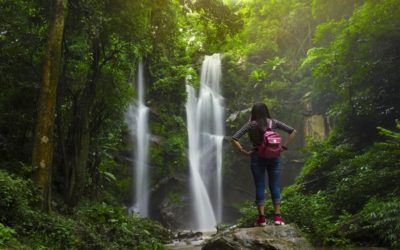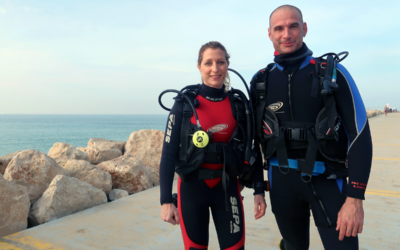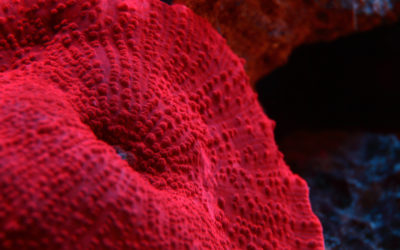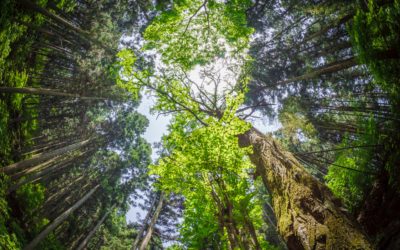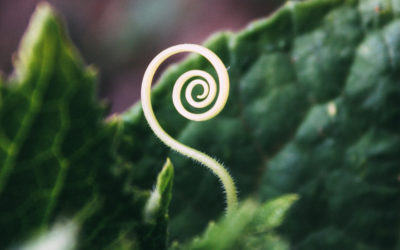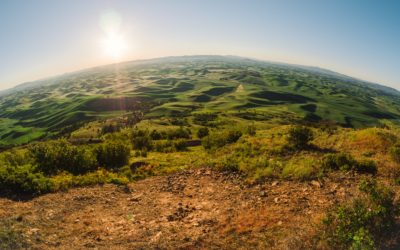News and Ideas from the Biomimicry Institute

The Extractive & Toxic Nature of Color, and How Biomimicry Can Solve This
At first glance, the importance of replacing existing pigments and dyes with nature-inspired alternatives may not be obvious. The environmental impacts from pigments are hard to quantify, but it is a $20 billion industry heavily reliant on mining and high energy usage.
More Stories
When It Comes to the Economy, Government, and Urban Development, Keep It Circular
Waste not, want not. That’s a motto that nature stands by. What’s waste from one part of nature serves as food for another, and so it goes in a never-ending cycle that supports, sustains, and diversifies life.
Nature’s Mastery of Color
Enjoy the magnificently bold colors of nature and ponder their pigments and structure. Think of what nature is doing here, and ask yourself: what more could come of utilizing structural color in our designs? How might we take this genius strategy and color our world like nature does?
Teaching Biomimicry for Beginners
The infectious enthusiasm that beginners find once they realize how approachable biomimicry is inspires me to continue introducing this discipline to anyone and everyone interested in learning from nature. The natural world is as infinite an entity as we have. When you introduce your beginners to biomimicry, you’re opening a whole new window into the world around them. I don’t know any work that’s more satisfying than that.
How I Found the Circular Economy: Biomimicry and the Power of Design
New materials, synthetic biology, and a circular economy are still in their early stages. As with any exponential technology, trends start small before taking off. There are dozens of design competitions around the world like Circular Economy 2030, OPENIDEO, Solve by MIT, and of course, the Biomimicry Global Design Challenge, among many others. I am optimistic that a circular economy is achievable in our lifetime.
A Stage to Show or a Ring for Battle? A Survival Story of BGDC Taiwan Competition
The Biomimicry Global Design Challenge (BGDC) Taiwan Competition is a stage for young people to showcase their sustainable ideas inspired by nature and a potential way to start their future career or to solve real-world problems… but this is only one side of the story. The BGDC Taiwan Competition is a battle ring for the young people (and even the organizer) to challenge harmful patterns of the existing industrial society.
Greeting this Technological World with Nature at Home and in the Classroom
COVID-19, rapid climate change, racial tension, and political unrest have impacted Earth’s entire ecosystem; and in light of the ongoing global changes, teachers, parents, and students are getting creative in transforming the educational landscape. Whether at home, at school, or virtually online, there are a myriad of ways to tap into nature’s lesson plans to find inspiration, hope, healing, and creative problem solving techniques.
Back to School, Back to Nature
Our world feels very different right now, but this difference can provide us with a wonderful opportunity: an opportunity to teach ourselves and our students how to adapt to and learn from everything that nature has to offer. We hope to offer educators and parents an introductory guide on how to bring nature into the classroom, or more appropriately, take the classroom outside.
Diving Deeper: Talking with ECOncrete®’s Co-founders on the Ocean’s Value (Part 2)
In Part 1, we heard from the co-founders of ECOncrete®, the company that was awarded the 2020 Ray of Hope Prize® last week. Scientists Shimrit Perkol-Finkel, Ph.D. and Ido Sella, M.Sc. offer us more insight in the second part of our interview about how their diverse team comes together and what they hope to do with this year’s $100,000 grand prize.
ECOncrete®’s Co-founders on Reconnecting to Nature and Finding Inspiration for Revitalizing Marine Ecosystems (Part 1)
After receiving this year’s $100,000 Ray of Hope Prize®, we sat down (virtually, of course!) with ECOncrete® co-founders Shimrit Perkol-Finkel, Ph.D. and Ido Sella, Ph.D.. These scientists have a vision: transform the way our future coastlines look and function by building marine infrastructure projects that benefit the environment and humans.
Good for Business, Good for Planet: The Judges Behind the World’s Foremost Biomimicry Prize
The art and science of biomimicry revolves around this seminal question — how do we create conditions conducive to life on this planet, for the long haul? How do we more seamlessly become part of “the regeneration”?
Nature & Health: The Power of Connection
Connection with nature is crucial for our health, especially in the time of a pandemic.
Biomimicry Offers Us Help, Hope, and Healing As We Build Back Better Together
Biomimicry, utilizing nature’s teachings in our own designs, provides us with a place to start and a compass to follow as we chart a course toward a better, brighter, and more sustainable future for all beings. As we now rebuild our cities in these uncertain times, biomimicry can help us clean the air, water, and soil the way that nature must do when ecosystems have been disrupted. Nature shows us how to effectively support life, drive our economies, and improve our collective health for all kin on Earth.
A World Hungry for Change
Environmental start-ups are reducing food loss by reimagining basic components of agriculture with nature in mind.
Summer Journal: 30 Days of Reflection and Reconnection
High school student Sophia Stiles shares her love of biology and design and takes us along for a personal recollection of her journey with 30 Days of Reconnection.

